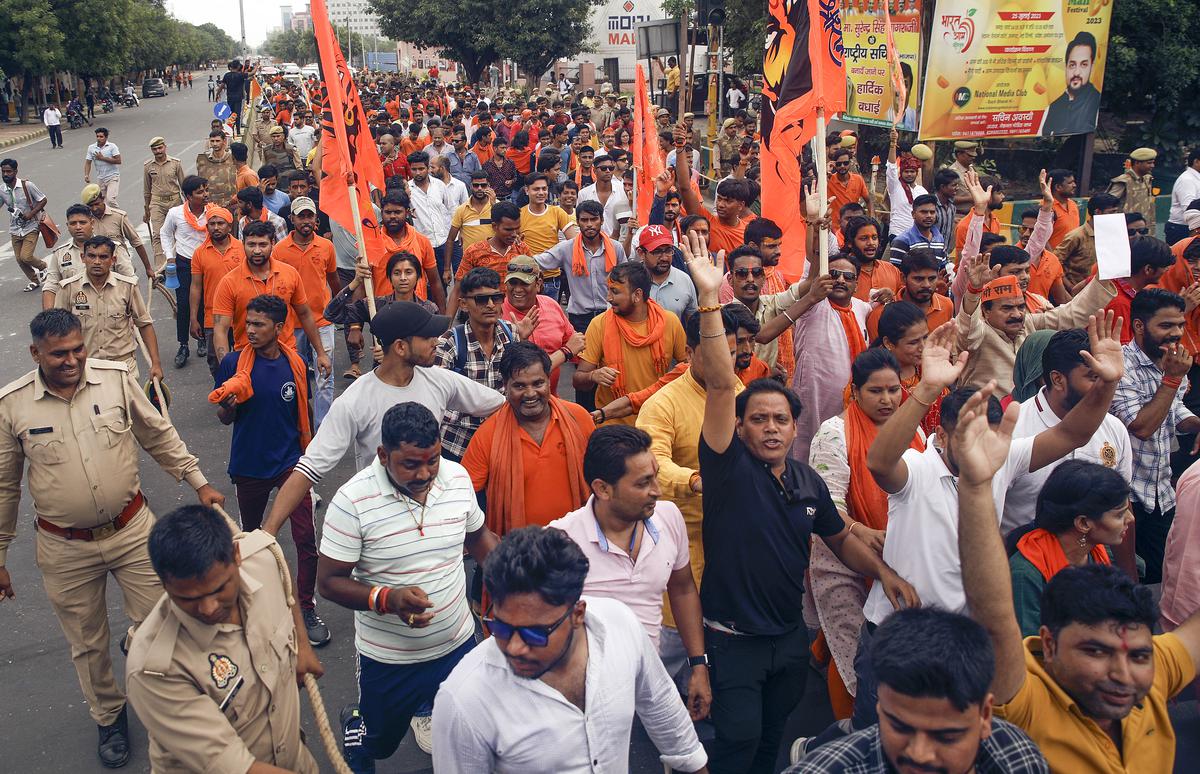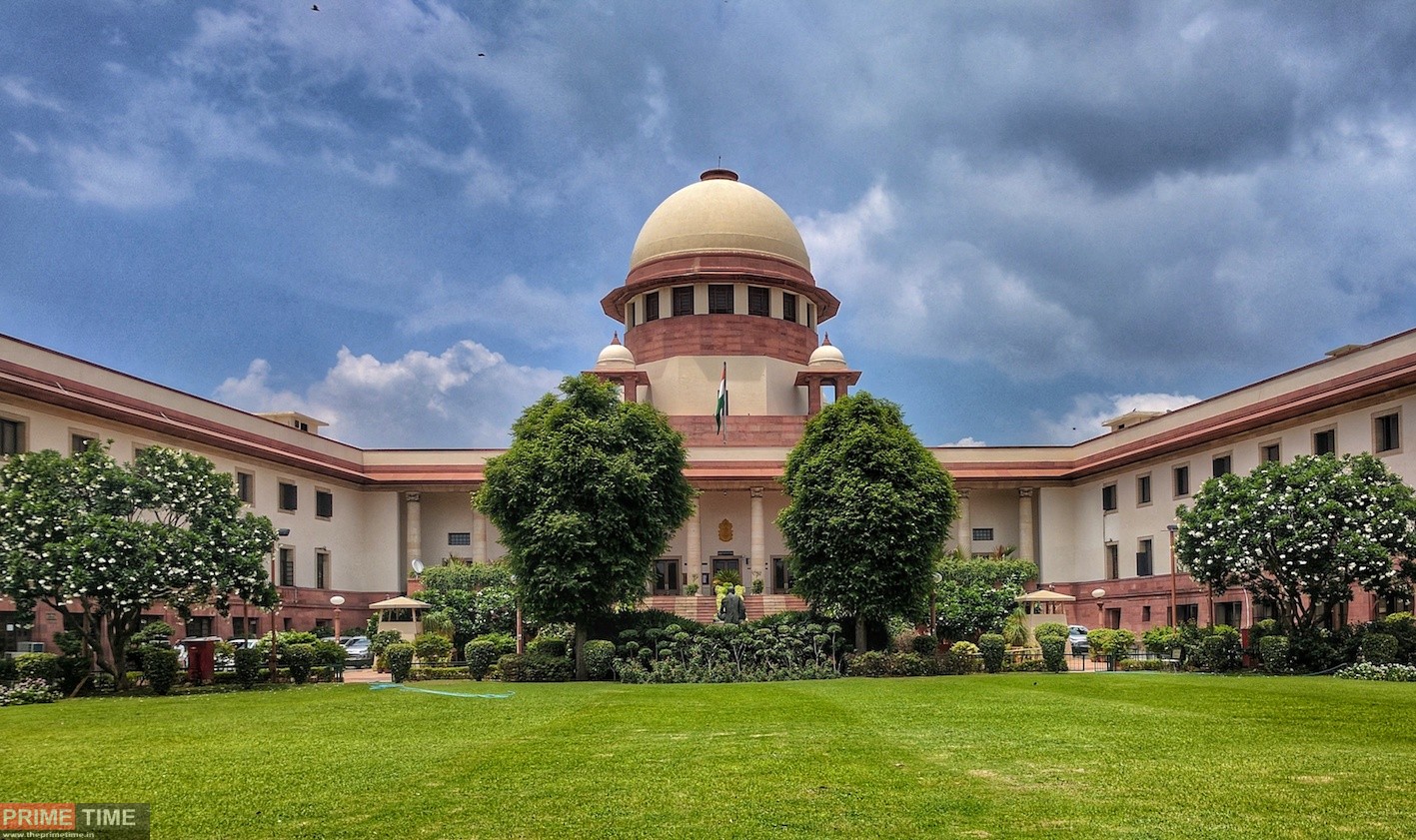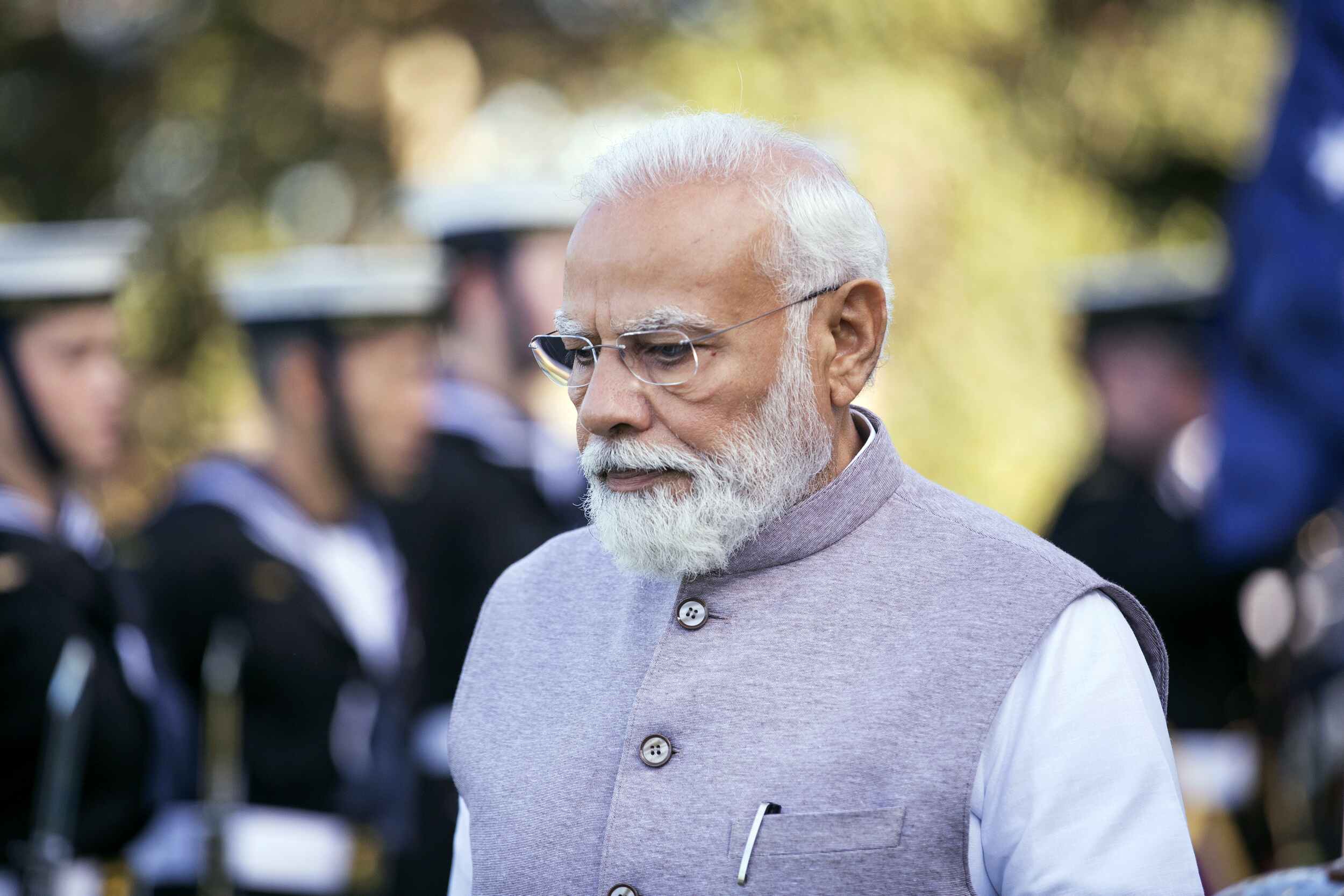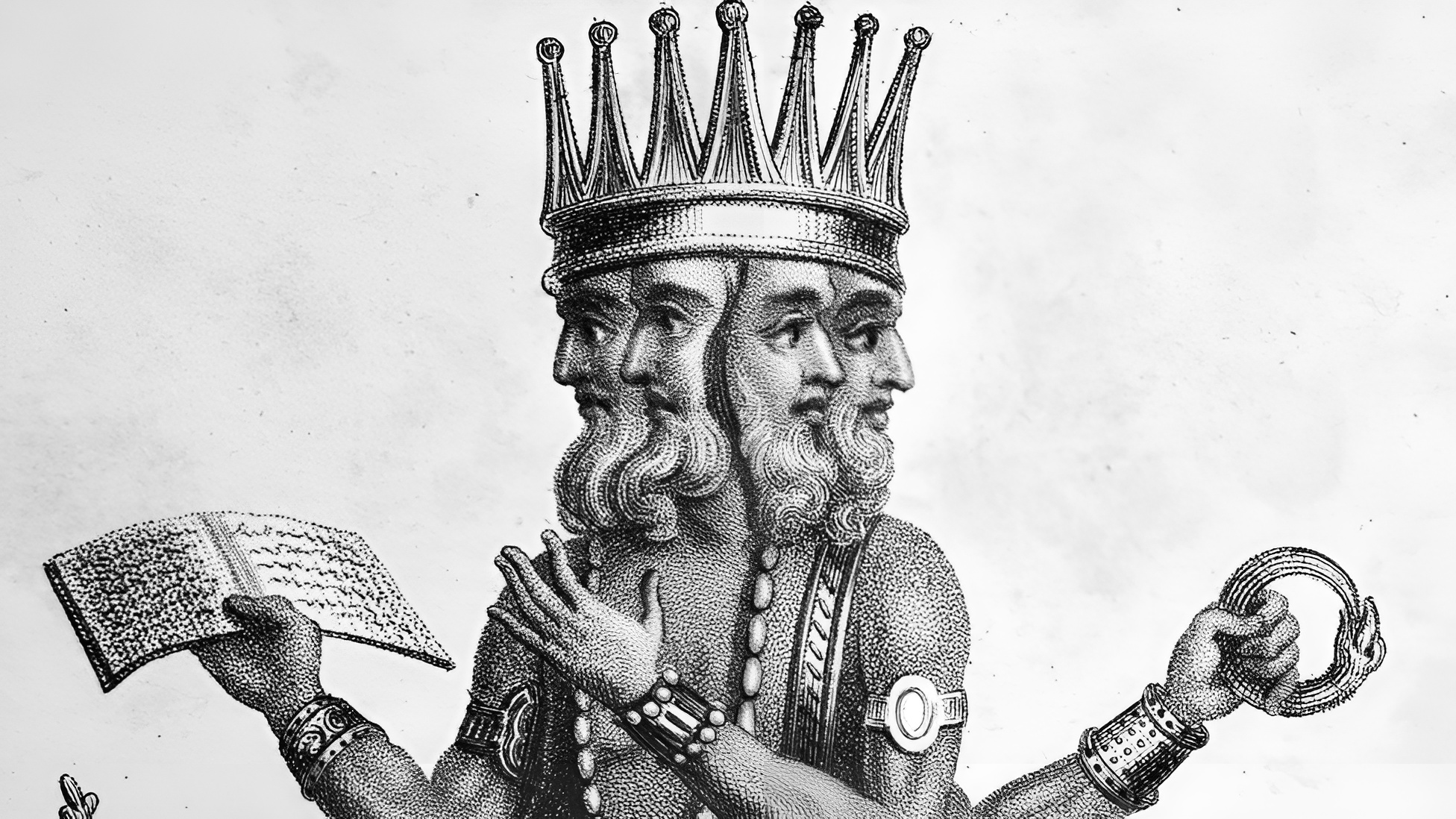This lovely land suffers in many ways, and it seems to never stop. It deeply affects us. Anyone who visits the Manipur state would instantly be shocked by the degree of underdevelopment. Imphal even lacks even a respectable cafe and a book store.
A dishonest elite has been continuously stealing Central funding in the seven northeastern states. Development still mostly refers to “infrastructure.” Similar to Mewat, a Mewat Development Agency/Board was established, but many complaints have surfaced that its funds were primarily used for building roads, which should have been the responsibility of the Public Works Department (PWD), rather than focusing on the deeply ingrained poverty of the Meo community.
The issue has deep-seated origins. The state, and the modern concept of religion were all concurrently introduced by colonialism in places like Mizoram. Christian missionaries converted peoples whom colonial expertise had labelled “tribals” and “people without religion” in an effort to chart racial disparities. The British fostered among the Nagas a desire for a Greater Nagaland, hoping that this would provide them with a stronghold even after the rest of the Indian subcontinent was liberated from their rule. The most recent missionaries are those working in Arunachal Pradesh to disseminate packaged Hinduism. As was the case with the Ulfa-Maoist partnership guilty of the 1997 murder of Sanjoy Ghose, missionaries can also take on secular identities.
Nationalism was particularly prevalent in Manipur, where many sided with the ruler. The main Meitei group, which had been influenced by Vaishnava Hindu practise and had developed a culture rich in song and dance, literature, and drama, served as its skeleton. The fact that this group gave rise to several terrorist outfits in post-colonial India is utterly ironic. All Indians should have questioned how this got to be the case. The Armed Forces (Special Powers) Act had the greatest impact in both Kashmir and Manipur, where it led to a cycle of violence and counter-violence that was also encouraged by the flow of weapons from China and Burma to terrorist organisations.
The Mothers of Manipur: The Twelve Women Who Made History by Teresa Rehman is based on her powerful interviews on how women reacted to Manorama’s rape in July 2004. A dozen women decided to strip off and hold up a banner reading, “Indian Army rape us,” after a heated meeting conducted in a private room in the Ima Keithel women’s market. Some even passed out after the demonstration conducted outside the entrance of the Kangla Fort since it was kept completely secret, even from their spouses and families. Finally, the Army commander entered the room and kneeled before the women. The fort, a representation of Manipuri nationalism, was returned to the people of Manipur on November 20, 2004. This fort was constructed by King Khagemba (1597–1652) on the site where the cosmos is thought to have originated.
It was difficult to accept that in the violent clashes between the Kuki and Meitei gangs in 2023, women acted as human shields. This latest bout of violence has been caused by several variables. The Meitei quest for scheduled tribe designation aims to provide the community access to affirmative action benefits and the ability to purchase land in mountainous areas. The Meitei do not currently have the same rights as Kukis and believe that the valley is becoming overpopulated. The hills’ terrain is rich in minerals. The role of the drug lords in cooperation with numerous players at various levels and in the greater area known as the Golden Triangle is the last factor.
The present-day Nuh conflict is also the result of two centuries of colonial authority, notably the use of caste and religious categories that continue to colonise modern India. The closest approach to Meo practise, given that they revered both Sufi saints and Shiva/Mahadeva, would have been to be either Hindu or Muslim at the same time, not both concurrently. The population of “Hindu Mewatis” gradually decreased until it became extinct.
The five districts that make up Haryana’s Nuh district—Nuh, Taoru, Nagina, Punhana, and Ferozepur Jhirka—were among the most impoverished in the former state of Punjab. These were low-productivity drylands that were made worse by periodic hunger and strict colonial taxation. It should come as no surprise that Meos had a very high level of anti-colonial sentiment. In 1857, rebellion struck Mewat’s Rajasthan and Punjab regions, and the British made the Meos pay the price. The Jats, who were regarded as the stiff Victorian peasants, were the majority of the places where the state invested in canals later. This substantially reduced the standard of living in the Meo and Gujjar villages.
Two centuries of colonial rule have also contributed to the current Nuh conflict, particularly the use of caste and religious divisions that continue to colonise contemporary India. Given that the Meo worshipped both Sufi saints and Shiva/Mahadeva, being either Hindu or Muslim at the same time, rather than both at once, would have been the closest approach to Meo practises. The “Hindu Mewati” population steadily declined until it vanished.
Some media accounts focus on the Meos of Nuh’s high fertility rate and female illiteracy while ignoring other aspects of their backwardness, such as their declining political representation in comparison to other backward caste groups like the Jats and Yadavs. This was partly due to the Meos’ exodus during the partition in response to the genocidal violence of the princely states of Alwar and Bharatpur in alliance with a new social formation, a notorious intercaste coalition known as AJGAR, whose members were Ahirs, Jats, and Gujars who had previously coexisted peacefully with the Meos for centuries.
These rural communities had a great need for land, and the Muslim League drive for Pakistan provided the perfect pretext to exterminate the Meos and force their emigration. It made little difference that the Meo leadership was mostly anti-Jinnah’s Muslim League and the drive for Pakistan and in favour of the Congress party. They could have created a Meoistan similar to Pakistan, and they were accused of doing so!
Prior to Partition, a brand-new, ultra-nationalist popular history had been written that portrayed the Meos as being entirely Muslim. This new history is based on the eradication of the past and forgetfulness. The British considered the Meos to be half-Hindus; they shared pastoral-agrarian cultural practises like the jajmani patronage of dependent castes; a kinship system where cross-cousin marriage (what they call kaka-tau mein nikah) was forbidden; and seasonal cycles of festivals and pilgrimages to Krishna’s Govardhan Yatra (Krishna was the progenitor of the Meo Jadu clans, just as Rama was
This revised history of the Meos as cow murderers also downplays the Meo panchayats’ enormous efforts to safeguard cows, the fact that many Meo people maintained cows, and the fact that many Meo women would make stacks of cowdung cakes decorated with flowers. The five Pandava brothers in the Mewati Mahabharata graze cows, while Draupadi, their shared wife, is a goddess incarnate who can cast a curse of enormous disaster upon the Kaurava army if she is exposed in Duryodhana’s palace!
Mewat has endured many acts of violence during the past ten years. The VHP and the Bajrang Dal fueled the most recent period, which started in the 1990s. One of the Dharma Sansad’s founders, Acharya Dharmendra, once remarked to me that Mewat is a “cold” region since there hasn’t been any intercommunal violence there. As the VHP turned up the heat, causing crisis after crisis in the Rajasthani districts of Bharatpur and Alwar before moving on to the Mewat region of Haryana, cow slaughter started to become the cry against the Meos.
Cow vigilante organisations and instances of lynching, or public killings carried out by vigilante groups in the name of cow protection, have both been present in Nuh and Gurgaon/Gurugram. When Asif Khan of Khalilpur Kheda returned after buying medication in 2021, a crowd killed him, and Nasir and Junaid were reportedly beaten and kidnapped in February 2023. The Haryana police allegedly declined to file a case against them, and as a result, their bodies were set on fire by a group allegedly affiliated with Bajrang Dal leader Mohit Yadav, also known as Monu Manesar, according to the Rajasthan police’s chargesheet.
The development of a fresh procession planned for a shrine three years ago reveals the planning for the most recent wave of violence. Gangsters Monu Manesar and Bijju Bajrangi’s appearances were announced in videos that were widely shared. Press sources claim that an intelligence report was delivered to the chief minister but not forwarded to the home minister, and that the police did nothing in response to a warning from the Nuh Peace Committee. Meos started throwing stones when a report about Monu Manesar arriving in a car was purposefully spread.
Later, Muslims were told to leave all Gurgaon stores and businesses or face being treated like traitors. Muslims, including labourers, cobblers, and tailors, left four areas of Haryana State within days. Bengalis were the lone exception, as Gurgaon’s services would not function without them. When the high court intervened, the bulldozer’s destruction of Nuh people’s homes came to an end.
India was characterised as a nation of communities throughout the war for independence. Rural and urban socialites have coexisted and formed the core of its culture for many centuries. All Indians today must ask themselves whether this fabric is unravelling. If so, it is necessary to identify the causes of violence through in-depth historical analyses as a prerequisite to taking action. The current situation appears dire, with institutions like the Supreme Court serving as a safety net for Manipur and the intercommunal Kisan Movement providing hope for Mewat and beyond.








